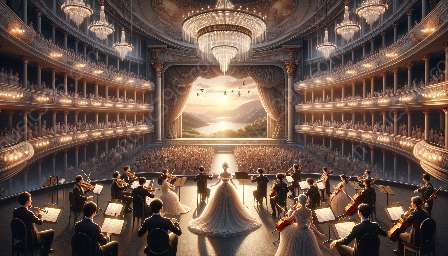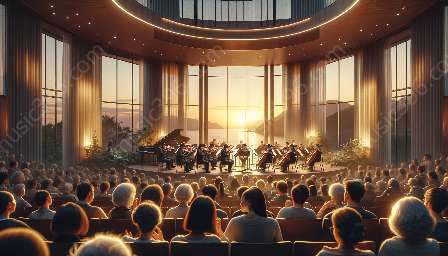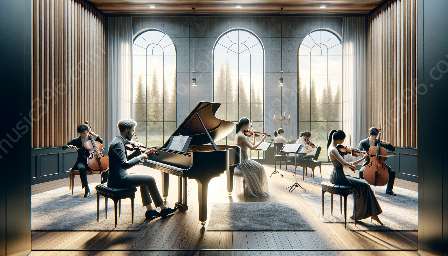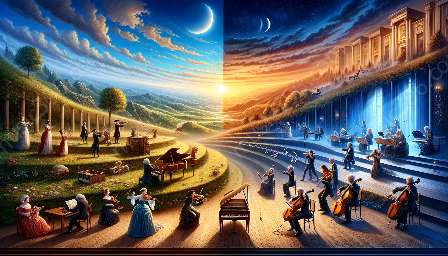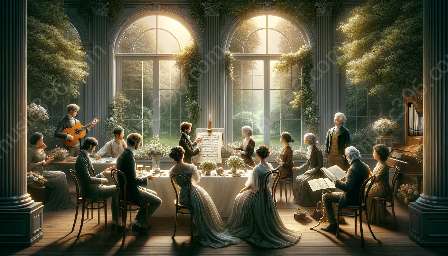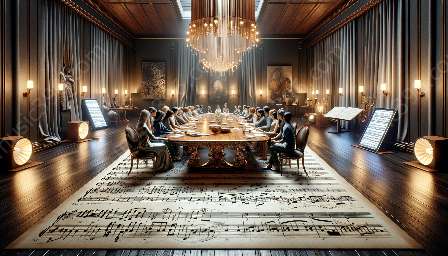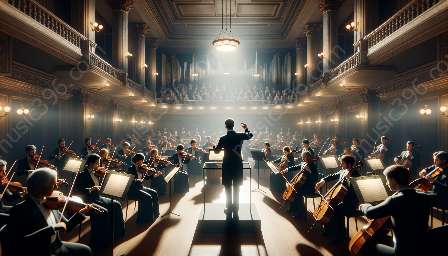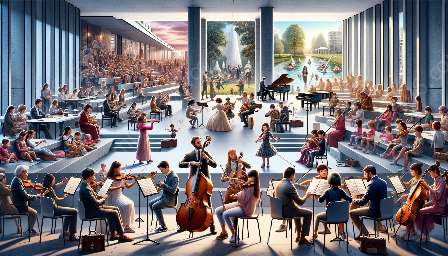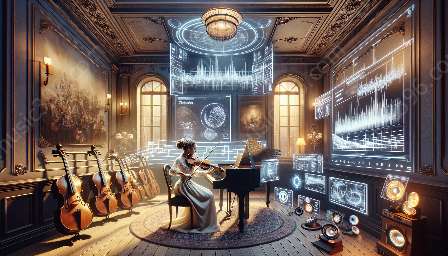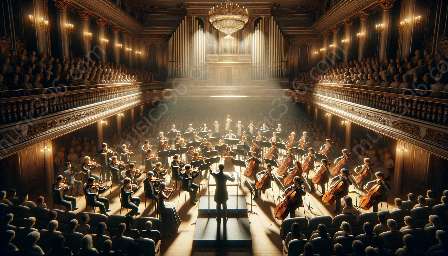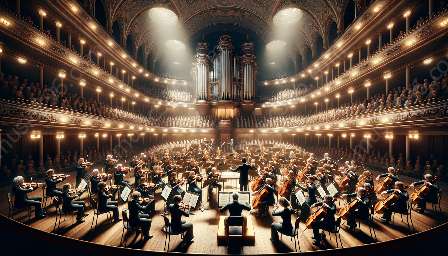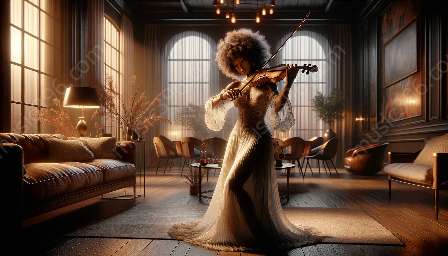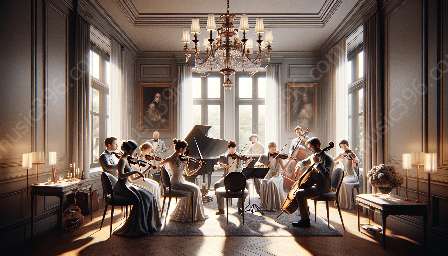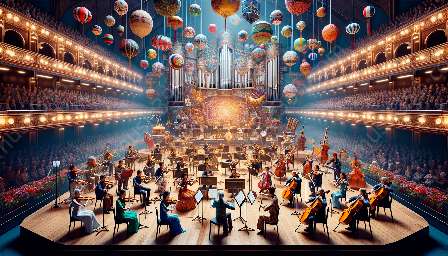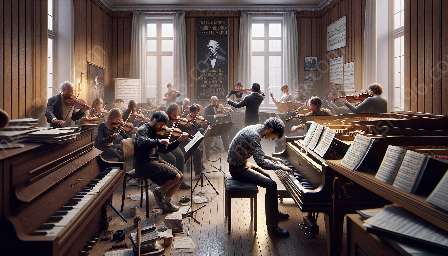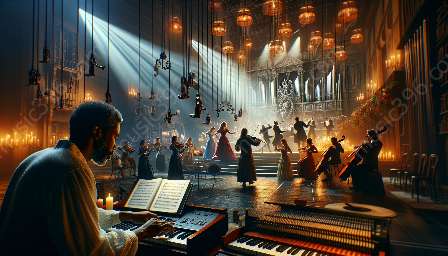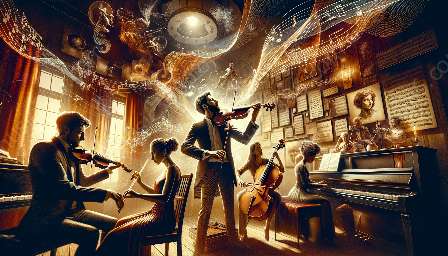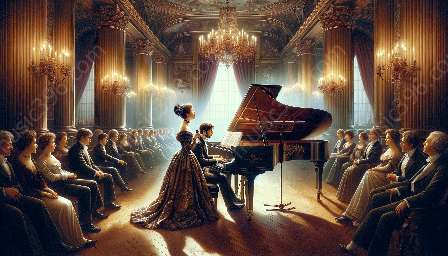Classical music has the remarkable ability to evoke a wide range of emotions, from profound melancholy to exuberant joy. One of the most fascinating aspects of classical music is the significant role that tempo plays in shaping emotional responses in listeners.
The Interplay of Tempo and Emotions
The tempo of a musical composition refers to the speed at which it is performed. In classical music, tempo is indicated by specific Italian terms such as adagio (slow), allegro (fast), andante (moderate), among others. These tempo markings serve as crucial guidelines for performers, shaping the overall character and mood of the music.
The relationship between tempo and emotions in classical music is complex and multi-faceted. Various tempos can elicit distinct emotional responses in listeners. For example, a slow adagio movement in a symphony may evoke feelings of introspection, sorrow, or longing, while a lively allegro section in a concerto may inspire excitement, exhilaration, or triumph.
Expressive Nuances in Classical Music
In addition to tempo, classical composers utilize a wide array of expressive markings to convey specific emotions. These markings, such as dynamics (soft, loud), articulation (staccato, legato), and phrasing, work in tandem with tempo to shape the emotional landscape of a piece.
For instance, a fast tempo coupled with staccato articulation and fortissimo dynamics may create a sense of urgency, tension, or even aggression, while a slow tempo with legato phrasing and pianissimo dynamics could evoke feelings of serenity, nostalgia, or tenderness.
The Psychological Influence of Tempo
The impact of tempo on emotional response in classical music extends beyond mere aesthetics—it has a profound psychological influence on listeners. Research in the field of music psychology has revealed that tempo can directly affect physiological and emotional states.
Studies have demonstrated that faster tempos can increase heart rate, induce feelings of excitement, and energize listeners, whereas slower tempos have the capacity to slow heart rate, promote relaxation, and evoke contemplative moods. This intricate interplay between tempo and the human psyche underscores the power of classical music to shape emotional experiences.
Temporal Structures and Narrative Arcs
Tempo also plays a crucial role in shaping the narrative arc of a classical composition. Composers often utilize fluctuations in tempo to convey dramatic tension, character development, and climactic moments within a musical work.
For example, the use of accelerando (a gradual increase in tempo) leading up to a climactic point in a symphony can create a sense of mounting intensity and anticipation, heightening emotional engagement for the listener. Conversely, a rallentando (a gradual decrease in tempo) following a climactic passage may imbue the music with a poignant sense of release, resolution, or reflection.
Personal and Cultural Context
It is important to note that individual and cultural backgrounds can influence the emotional responses elicited by tempo in classical music. While certain tempos may universally convey specific emotions, such as the solemnity of a funeral march or the exuberance of a dance movement, personal associations and cultural contexts can also shape the emotional impact of tempo.
Listeners from diverse backgrounds may perceive and interpret the same tempo in different ways based on their unique experiences and cultural norms. Thus, the emotional resonance of tempo in classical music is not only a product of compositional intention but also a reflection of individual and collective subjectivity.
Embracing Emotional Complexity
Ultimately, the role of tempo in influencing emotional response in classical music is a multifaceted phenomenon that invites exploration and contemplation. The dynamic interplay between tempo, expressive nuances, psychological influence, temporal structures, and personal context contributes to the rich emotional tapestry of classical music.
As listeners engage with classical compositions, they are invited to embrace the complexity of emotional experiences shaped by tempo, recognizing that each musical work offers a unique and evocative journey through a spectrum of feelings and moods.
Conclusion
The relationship between tempo and emotional response in classical music is a captivating subject that underscores the profound impact of music on human emotions. By delving into the interplay between tempo and emotions, listeners can gain a deeper appreciation for the emotive power of classical music and the intricate ways in which tempo shapes the emotional landscape of musical masterpieces.

